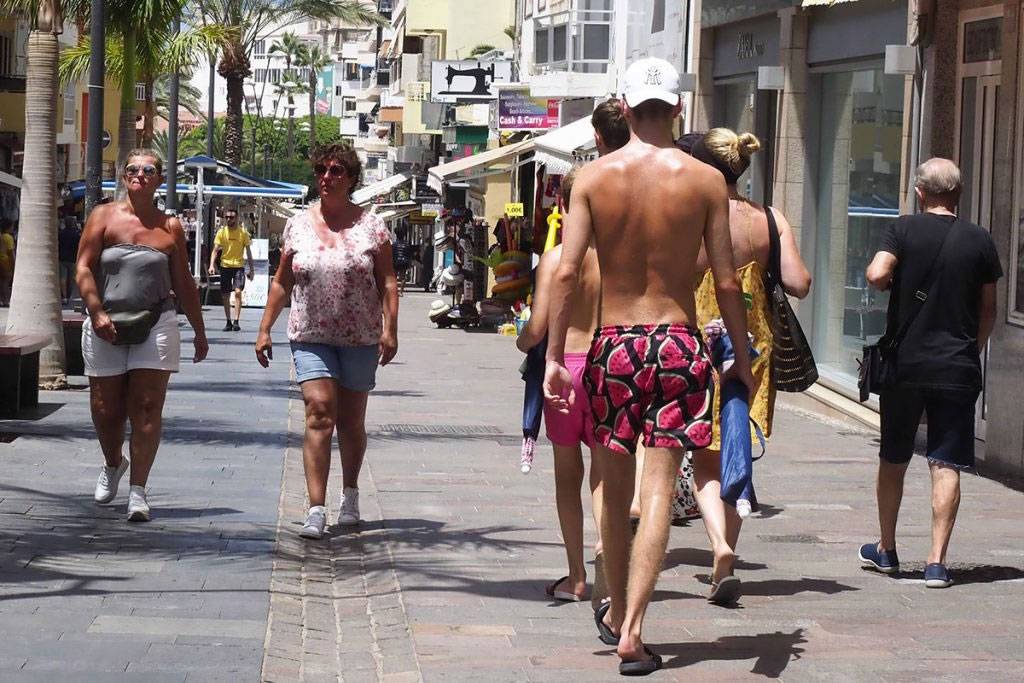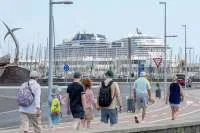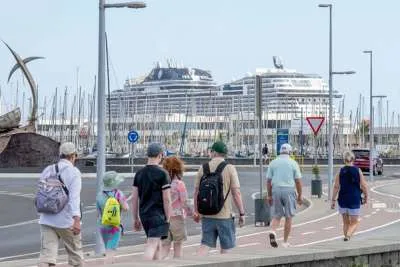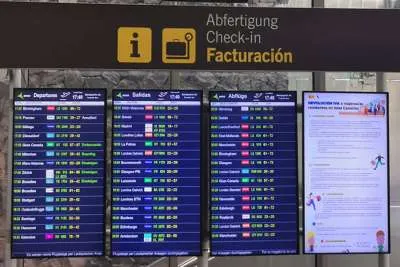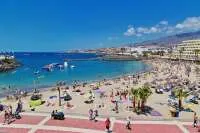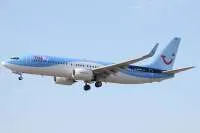Tourism takes off: the Islands had more foreign tourists in July than in 2019
- 17-08-2022
- Business
- Canarian Weekly
The takeoff of tourism after two years of Covid and the break in the sector seems to have finally reached the Canary Islands. In July, more than 1.5 million travellers came to the islands, including foreign tourists and those from mainland Spain.
In total, just over a million foreigners came to the islands which is 2.7% more than in 2019, which translates into 28,159 more people, according to the latest Promotur report prepared with data from AENA. As for national travellers, from other parts of Spain, nearly half a million came, which is 6.9% more than before Covid.
Despite the good overall data, there are some negative points. The situation is not the same on all the islands, nor are all the markets recovering at the same speed. In addition, for the whole year up to the end of July, the Islands as a whole are still 11% below pre-pandemic levels for foreign tourists. So far, 6.8 million foreigners have visited the islands, almost 840,000 less than in 2019.
Focusing on the month of July, the UK was the main source market, with 478,626 British tourists coming to the islands, which is 5.5% more than a year ago, and almost 50% of all foreign tourists coming to the islands.
The Dutch market has also evolved positively with 54,799 people, 3.3% more than in the same month of 2019; the Danish with 17,232, 17% more; the Belgians, with 44,144 (+7.3%); the Italians with 56,001 (50% more); the Austrians, with 12,000, after growing by 95%; the French, with 54,184 (+31%), the Swiss, with 21,459 (+6.2%); the Czechs, with a total of 9,146 (+44%), Polish, with 28,977 (+5.6%) and from Luxembourg, with 6,411 (+45%).
However, the biggest markets for the islands, such as the Germans, the Norwegians, the Swedish, and the Irish, have still not returned to pre-pandemic figures. According to the Promotur report, in July 177,121 people from Germany came to the islands, 8% less than in 2019 (15,659 fewer); 2,846 Swedes, which is a decrease of 77% compared to pre-covid figures; 8,420 Norwegians, which is 59% less compared to 20,558 three years ago and 54,269 Irish, 7% less (-4,140 people).
Unequal evolution by islands:
This uneven evolution of the issuing markets is what is causing the inequality between islands. In July, Fuerteventura was the island with the highest growth in foreign tourism. 178,239 people arrived, which represents an increase of 7.5% compared to 2019.
Next was Lanzarote with an increase of 4.4%, up to 220,807; Tenerife was in third position, with an increase of 2.5% and a total of 408,267 foreigners; and finally, Gran Canaria, although positive, it only increased by 0.2% compared to pre-covid figures, with 256,208 people. The island of La Palma closed in negative compared to 2019. It received 7,562 foreign tourists, almost 34% less than before the pandemic.


